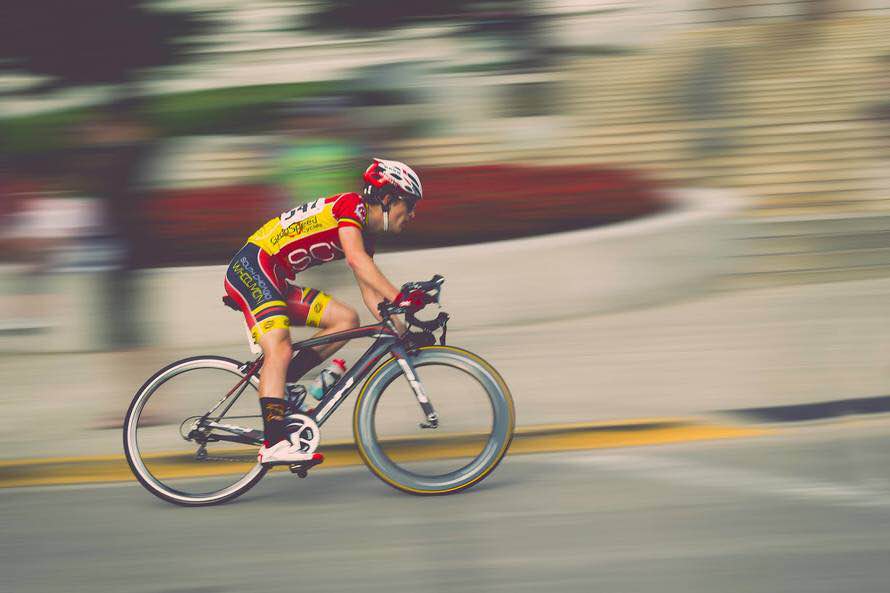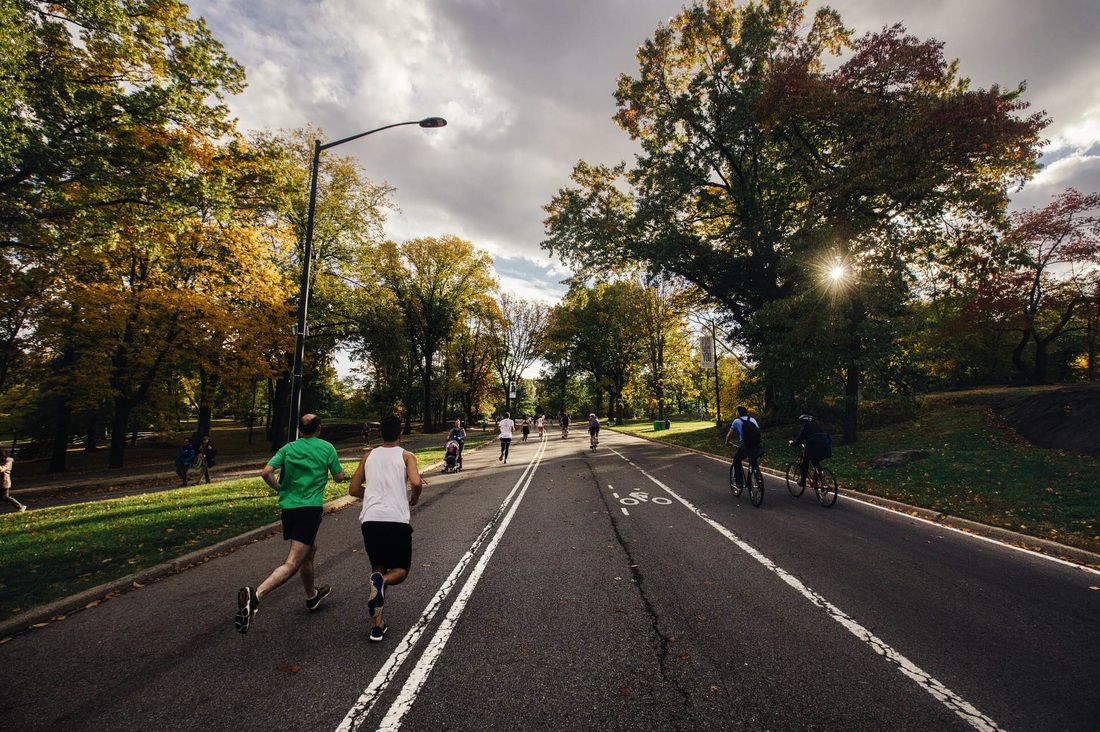 How often are you able to identify the effect of your feelings of hunger and satisfaction levels, and the emotional triggers that make you overeat and how your blood glucose responds to different foods? I am sure the answer would be “hardly”. Many a times when I ask my patients why did you end up eating 6 slices of Mango when the agreed plan was not to have more than 2 slices at a time, the answer I hear is ‘ I was too happy sharing a big meal with my family...; I was nervous for my interview .... etc. Our feelings, emotions and social environment play a big role when it comes to eating. That's where food journaling comes in. Food logs can be a helpful, cost-effective tool in improving skills in managing blood sugar on a daily basis. I often tell my clients that controlling blood sugar levels to prevent highs and lows is an important aspect of diabetes self-management and that keeping a food diary/ log, in the form of a physical book or journal, a computer software program, a website or app, or even a digital photo gallery, can play a key role. What all you should Log?
For example :
I believe that maintaining a food log is a must for people who are on Insulin and/or have difficult to control sugar levels. This gives a freedom to understand a correlation between food and activity routine to blood sugar levels and helps make necessary adjustments when needed.
Try and maintain the log for minimum 7 days and get it reviewed by your health care provider who can help you identify the gap initially, and as you master keeping a record you can manage your health on your own. So, just identify a way you would like to keep a record. You can maintain a log as a journal or mobile phone app. These apps are found to be more effective than computer-based programs for diabetes self-care. The mHealth apps also gives the opportunity to take a more active role in your health management while keeping it fun.
0 Comments
Getting diagnosed with pre diabetes is a serious wake-up call, but it doesn't mean you will definitely get diabetes. There is still time to turn things around. It’s an opportunity to initiate lifestyle changes or treatment and potentially retard progression or even prevent diabetes. Moderate physical activity of about 30 minutes a day for at least five days a week is recommended for patients with diabetes or for any individual who aims to prevent diabetes and stay healthy. I have seen my patients becoming over conscious as soon as they hear a wakeup call that their blood sugars are borderline or they are pre-diabetics. The very next day they would want to go on a strict “diet” and hit the gym to take control. The result is only de-motivation or ending up with unwanted muscle injuries as they did not prepare their body for a particular set of exercise. You need to start getting fit in small, short term goals to achieve your bigger goal of controlling your blood sugar to normal. Ideal physical activities for any individual must be customized to one’s physical strength and likes and dislikes. It’s as important as a proper warm up and cool down period is to any exercise session. Staying active throughout the day can have a great response on your blood sugar. You could also increase activity and movement while doing your daily chores by following some tips like:
Few tips on incorporating exercise regimen safely in your daily routine:
Talk to your doctor or physiotherapist to set FITT goals: F=Frequency: How often you should start exercising? 2- 3 -4 days per week? I= Intensity: what should be the Intensity? For example you want to start a cardio program; check what should speed you should be exercising at (10mp/hr etc?) T= Time: What is an ideal time to begin with? 10 min? 20 min? etc. I always begin with a new exercise for 10 mins in the first week and then increase it by 5 min per week. T= Type: Which is the best exercise for me to begin with? Is it aerobics/ cardio; strength training or weight training; yoga or simple stretches? Rule of thumb:
|
Author
|







 RSS Feed
RSS Feed
